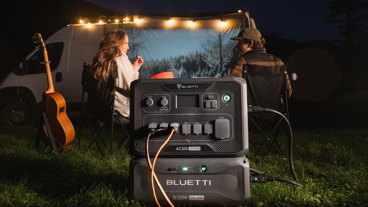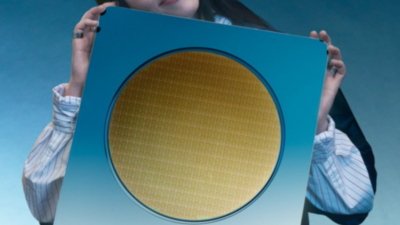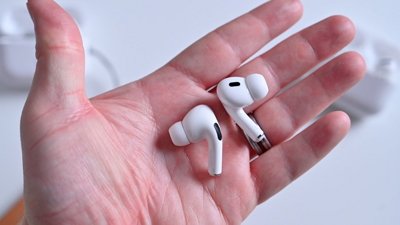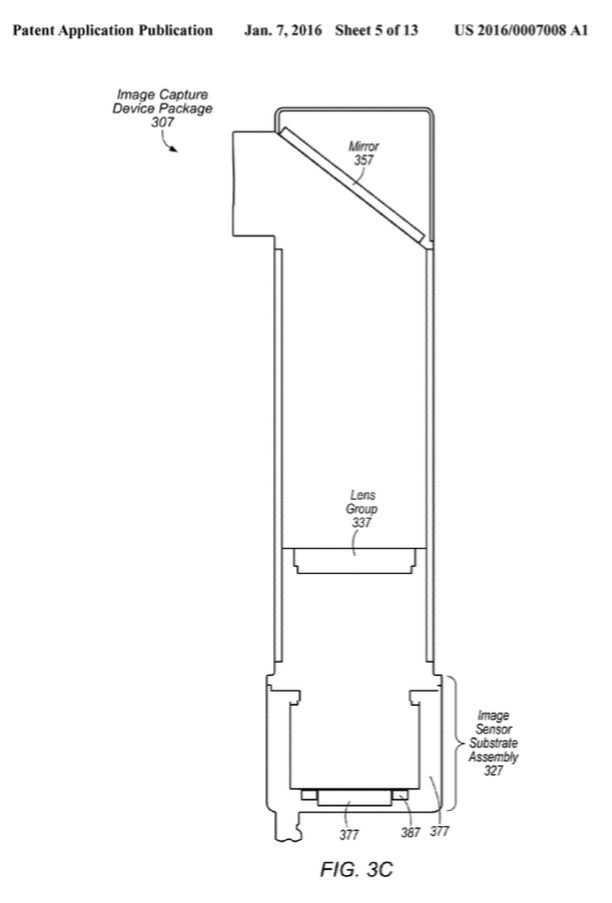Mobile photographers might soon have the option of zooming in on their targets without the image degradation that comes with traditional digital zoom, if a new multi-camera optical zoom system spotted in a recent Apple patent application makes it into production.
According to the application, Apple's system utilizes two cameras with different focal lengths. When users take a photo, the device would actually capture two images simultaneously.
In some cases, Apple imagines capturing two still photos. In others, one camera would store a still image while the other would store a short video, similar to the existing Live Photo feature.
Both images — whether still or video — would then be combined to create a new image depending on the user's zoom preferences.
This system is not unlike that used to capture three-dimensional images, which is itself modeled on the way human depth perception operates. Multiple lenses (human eyes) see the same image from slightly different perspectives, and a computer (the brain) combines them to create a single view.
A multi-camera — or at least multi-lens — iPhone has long been rumored. Previous Apple patents have detailed a single-sensor, multi-lens camera system as well as a multi-sensor 3D camera.
Last year, Apple acquired multi-sensor imaging firm LinX Imaging for a reported $20 million.
Apple credits Claus Molgaard and Iain A. McAllister with the invention of U.S. Patent Application No. 14/788386.
 AppleInsider Staff
AppleInsider Staff








 Andrew Orr
Andrew Orr
 Christine McKee
Christine McKee
 Sponsored Content
Sponsored Content
 Wesley Hilliard
Wesley Hilliard


 Amber Neely
Amber Neely









3 Comments
Just put them into a phone, already....
You didn't include the actual drawing of the zoom lens, which would require and entirely different form factor to fit. I didn't find any dimensions on a quick search but find it difficult to see how it would fit inside an iPhone. Of course no matter how Apple describes this product other mobile device companies will simply copy it and the courts will allow it.

(Sorry about large image, still figuring out the new forum system.)
I could have sworn I've read an article about Apple's optical zoom patent many months ago. But the patent application referenced by this article is,indeed, from just yesterday. Multiple patents, then?